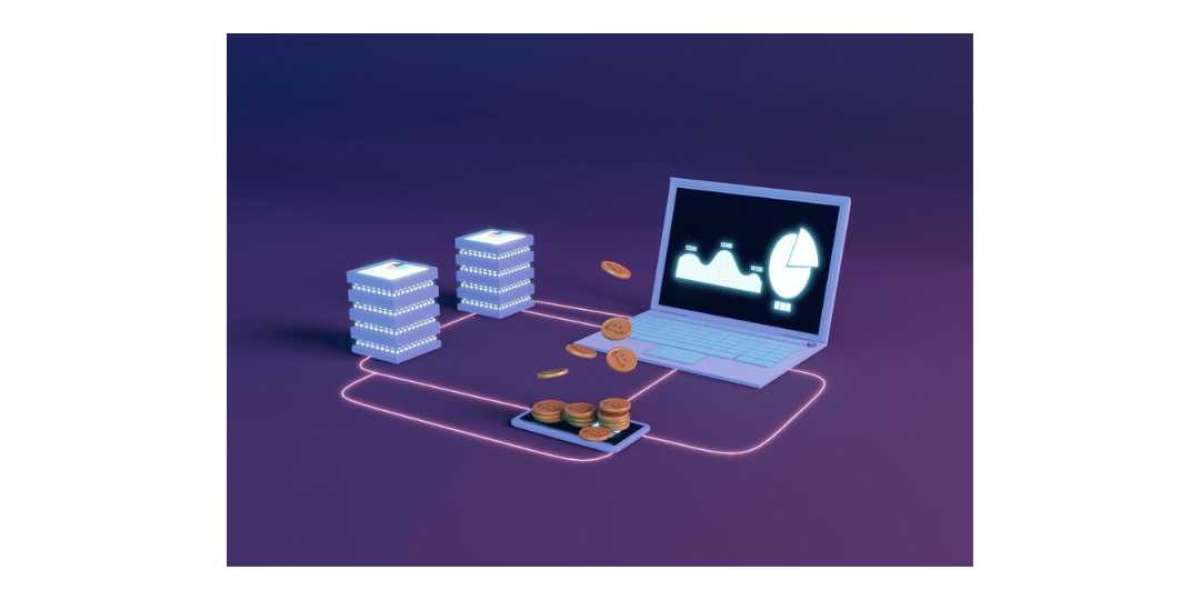Introduction
As businesses evolve, the need to streamline operations and improve technological infrastructures becomes increasingly critical. One strategic approach to achieve this is through SAP carve-outs from legacy systems. While the technical aspects of such projects are often discussed, understanding the financial implications is equally important. This blog delves into the various financial considerations and impacts of undertaking an SAP carve-out from legacy systems.
Cost Savings and Efficiency Gains
One of the primary financial benefits of an SAP carve-out is the potential for significant cost savings. Legacy systems often incur high maintenance costs due to outdated hardware, software, and the need for specialized support. By carving out and modernizing these systems, businesses can reduce these expenses substantially. The transition to an SAP environment typically brings improved efficiency, which translates to lower operational costs. Additionally, modern SAP systems can automate many processes, reducing the need for manual intervention and further cutting labor costs.
Investment and Implementation Costs
While the long-term financial benefits are promising, it's essential to consider the initial investment required for an SAP carve-out. The implementation costs can be substantial, encompassing software licensing, infrastructure upgrades, and professional services for project management, data migration, and system integration. Companies must budget for these expenses and plan for potential contingencies. A detailed cost-benefit analysis should be conducted to ensure that the long-term savings and efficiency gains justify the upfront investment.
ROI and Payback Period
Understanding the return on investment (ROI) and the payback period is crucial for any financial decision. For SAP carve-outs, the ROI can be influenced by several factors, including the scale of the carve-out, the complexity of the legacy systems, and the efficiency of the new SAP environment. Typically, businesses can expect to see a positive ROI within a few years, as the initial investment is offset by the cost savings and increased productivity. It's essential to monitor the financial performance post-implementation to ensure the projected benefits are realized.
Financial Risk Management
Financial risk management is a critical aspect of SAP carve-outs. The transition from legacy systems to a new SAP environment involves various risks, including project delays, cost overruns, and potential disruptions to business operations. Effective financial risk management strategies include setting realistic budgets, establishing clear timelines, and maintaining robust contingency plans. Additionally, engaging experienced consultants and leveraging proven methodologies can help mitigate these risks and ensure a smoother financial transition.
Impact on Financial Reporting and Compliance
An often-overlooked aspect of SAP carve-outs is their impact on financial reporting and compliance. Legacy systems might have established processes and controls that need to be re-evaluated and potentially re-engineered in the new SAP environment. Ensuring that the new system complies with regulatory requirements and internal financial controls is paramount. Businesses must invest in training and change management to ensure that the finance team can effectively use the new system, maintaining accuracy and compliance in financial reporting.
Conclusion
The financial implications of SAP carve-outs from legacy systems are multifaceted, involving both immediate costs and long-term benefits. While the initial investment can be significant, the potential for cost savings, efficiency gains, and a positive ROI makes it a worthwhile endeavor for many businesses. By carefully managing financial risks and ensuring compliance, companies can navigate the complexities of SAP carve-outs and achieve a more streamlined, cost-effective, and modern IT infrastructure.








